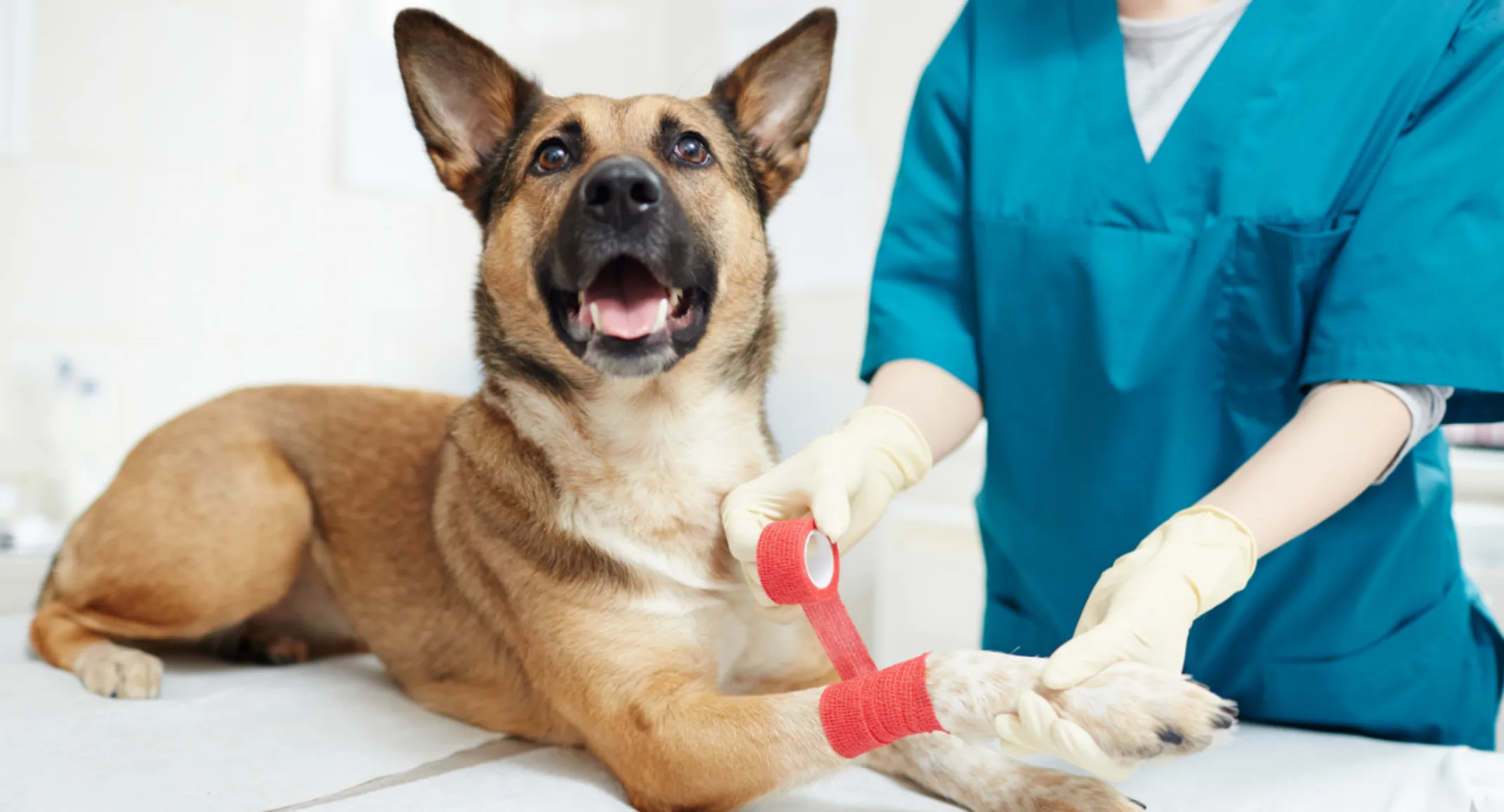How Vets Treat Heat Stroke in Dogs: What to Expect in the ER
July 17, 2025 · Veterinary Services

If your dog ever experiences heat stroke, getting them to a veterinary emergency clinic immediately can be life-saving. While it’s terrifying to see your dog in distress, knowing what to expect in the ER can help you stay calm and understand the treatment process.
This post walks you through how veterinarians treat heat stroke in dogs—step by step.
First Things First: Stabilization
As soon as your dog arrives at the ER, the medical team will begin stabilizing them. Heat stroke is a true emergency, and time is critical. Treatment usually begins right away—often before paperwork is even started.
Initial actions may include:
Cooling your dog down safely using cool (not cold) IV fluids, wet towels, and fans.
Monitoring your dog’s temperature closely to avoid cooling too quickly or overcorrecting.
Providing oxygen support for dogs struggling to breathe or panting excessively.
In severe cases, intubation and mechanical ventilation may be necessary if your dog cannot maintain adequate oxygen levels or becomes unconscious, of if there is significant swelling of the upper airways.
IV Fluids and Monitoring
Your dog will typically receive IV fluids to help:
Rehydrate them
Support blood pressure and circulation
Assist in gradually lowering their body temperature
The veterinary team will also monitor:
Heart rate and rhythm
Respiratory status
Blood pressure
Core body temperature
Urine output
Bloodwork is usually performed to check for:
Electrolyte imbalances
Kidney and liver damage
Elevated clotting times or risk of disseminated intravascular coagulation (DIC)
Treating Complications
Heat stroke doesn’t just cause overheating—it can damage nearly every organ system. Treatment may include:
Anti-seizure medications if neurologic symptoms occur
Medications for gastrointestinal support if vomiting, diarrhea, or bloody stool are present
Ongoing fluid therapy for kidney and liver protection
Plasma transfusions in severe cases where clotting problems or DIC develop
The team will also treat for shock, manage pain, and provide supportive care throughout hospitalization.
Hospitalization and Prognosis
Depending on the severity of your dog’s condition, they may need to be hospitalized for:
24 to 72 hours or more, with continuous IV fluids and monitoring
Round-the-clock care to monitor for complications and assess organ function
Prognosis varies depending on:
How high the body temperature rose
How long the dog was overheated
How quickly treatment was started
How well the dog is responding to treatment
Early treatment leads to significantly better outcomes, while delays can result in permanent organ damage or death.
Ongoing Care and Follow-Up
Even after discharge, your dog may need:
Rechecks and repeat bloodwork
Medications to support recovery
Activity restrictions to allow their body time to heal
Some dogs may develop increased sensitivity to heat in the future, so future prevention becomes even more important.
Final Words: Fast Action Saves Lives
Heat stroke is a frightening emergency, but with rapid veterinary care, many dogs make a full recovery. If you ever suspect your dog is overheating, don’t wait—seek emergency help immediately. The ER team is trained to act fast, provide expert care, and give your dog the best possible chance at recovery.
